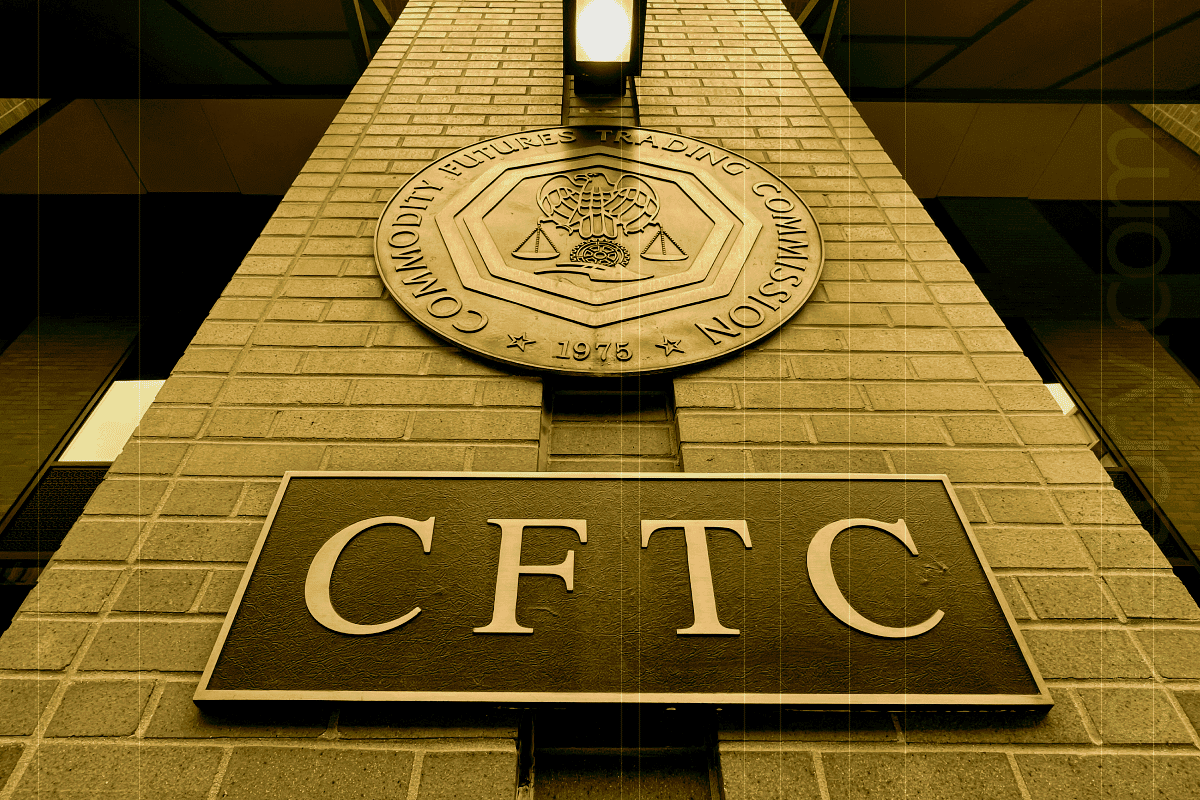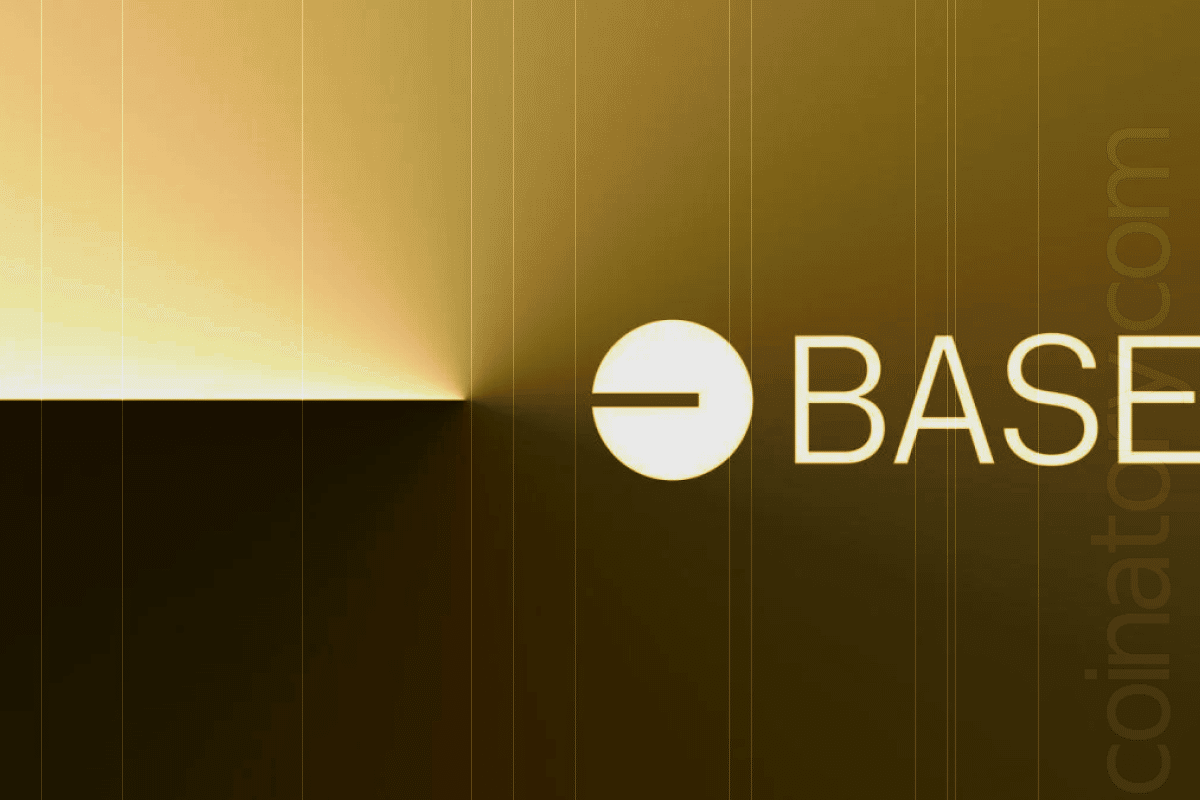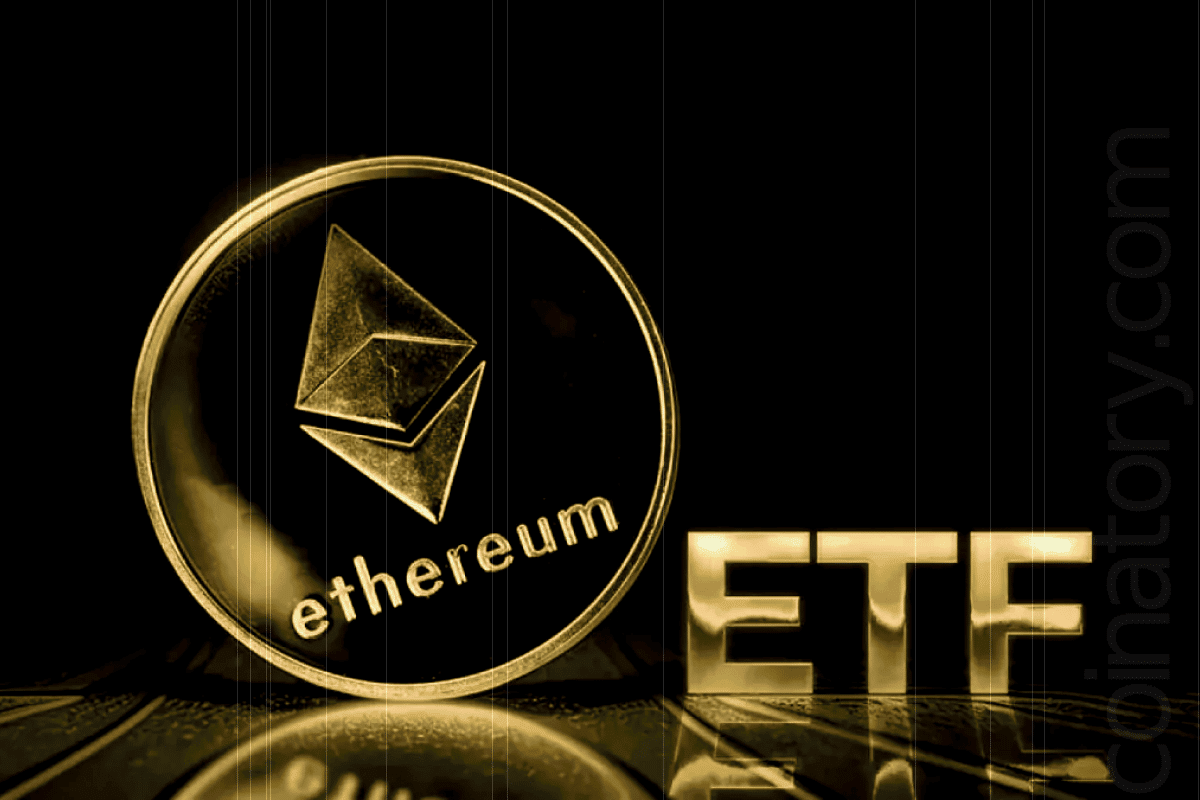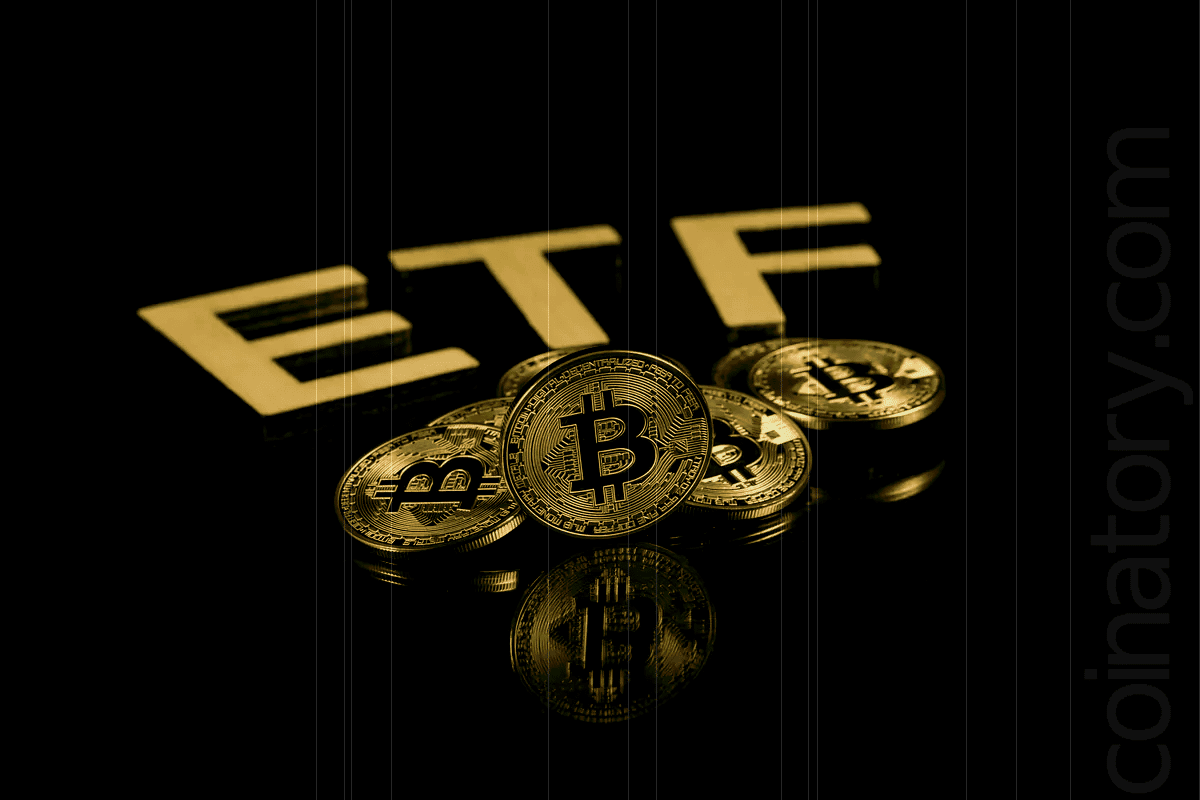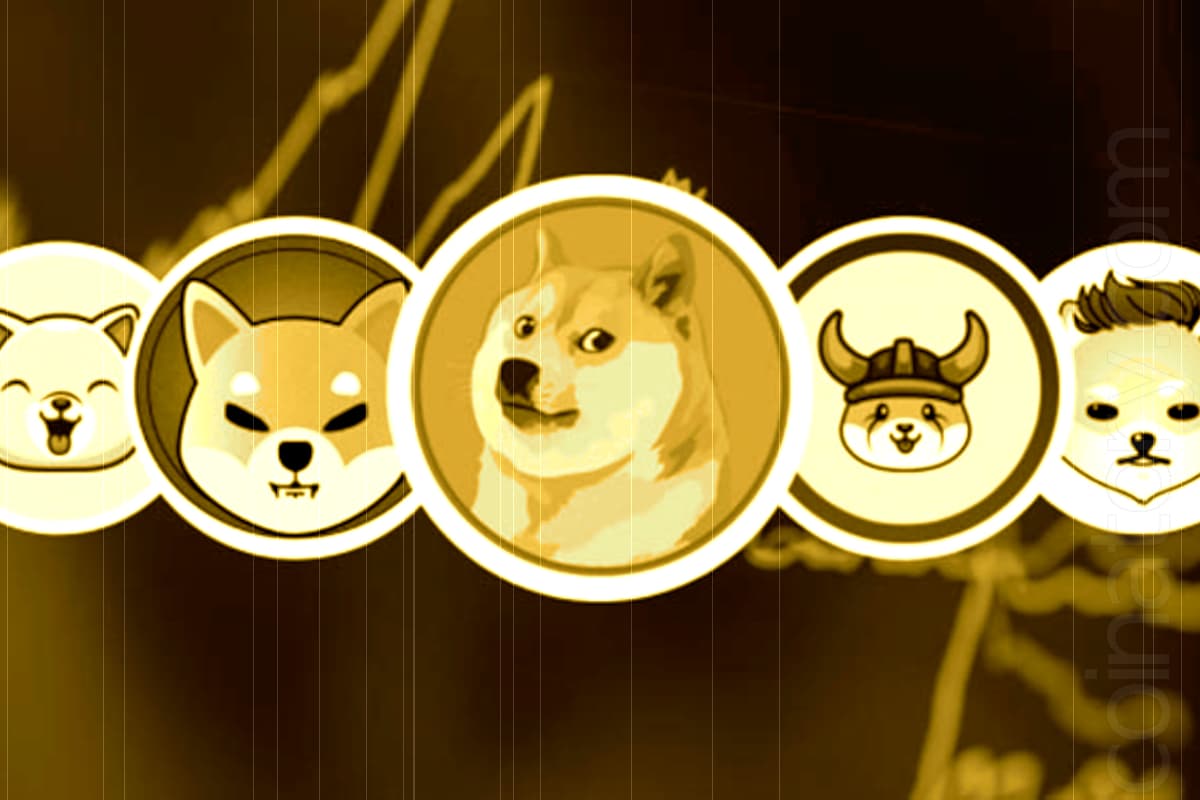
Memecoins have captured significant attention recently, outperforming Bitcoin in both volatility and market interest. As memecoins dominate headlines, their influence in the cryptocurrency ecosystem continues to expand.
Search interest for memecoins has surged, with Google search volume for the term “Bitcoin” falling to its lowest level in a year. On a scale from 0 to 100, Bitcoin stands at 33, while memecoins have climbed to 77. Google Trends measures search volume on a relative index, as explained by Carlos Guzman, a research analyst at GSR. While Bitcoin’s overall search volume remains higher, its declining trend contrasts with memecoins’ rise, as they increasingly command the spotlight.
The marketing lead for PONKE, a leading memecoin, attributes this surge to memecoins’ cultural appeal, stating that they offer a “high-beta trade,” with significantly more aggressive price movements than Bitcoin. While Bitcoin is seen as a store of value, memecoins inject entertainment and relatability into the crypto space.
Supporting this trend, data from Step Finance reveals that over 490,000 new tokens have been launched on the Solana network since mid-September, with nearly 20,000 created in a single day earlier this month. This growth underscores the increasing appeal of memecoins, driven by their potential for rapid and significant returns. According to Ryan Lee, chief analyst at Bitget Research, while Bitcoin has offered steady returns since the FTX collapse, memecoins have provided opportunities for exponential gains, fueling their popularity among traders seeking high-reward bets.
Jeffrey Hu, head of investment research at HashKey Capital, highlights platforms like Pump.fun, which have simplified token creation, lowering the barriers for new entrants and contributing to memecoins’ meteoric rise. These tokens’ entertainment value and viral potential have drawn in retail investors, increasing trading volumes and liquidity in the short term.
Despite their appeal, memecoins’ extreme volatility raises concerns about market stability. While some view this trend as a cultural shift, others, like Guzman, caution that memecoin speculation is driven by a smaller, risk-tolerant crowd. He likens this craze to the 2021 NFT boom, predicting that interest in memecoins could wane as their speculative nature fails to sustain long-term value.
Still, memecoins’ year-to-date performance has been remarkable. According to MarketVector’s Meme Coin Index, the top six memecoins have surged by 127.3%, outpacing Bitcoin’s 61.5% increase. This divergence points to a shift in investor sentiment, with memecoins offering the chance for quick, albeit risky, gains.
While the memecoin trend has injected vibrancy into the crypto market, its long-term impact remains uncertain, especially as institutional investors increasingly focus on more stable assets like Bitcoin ETFs.


